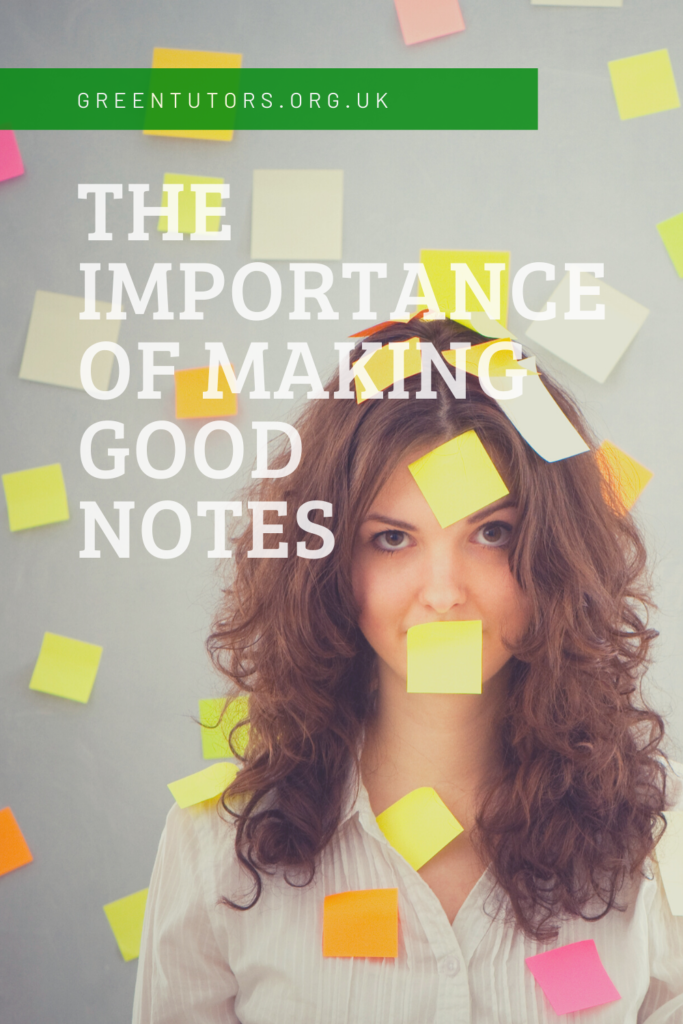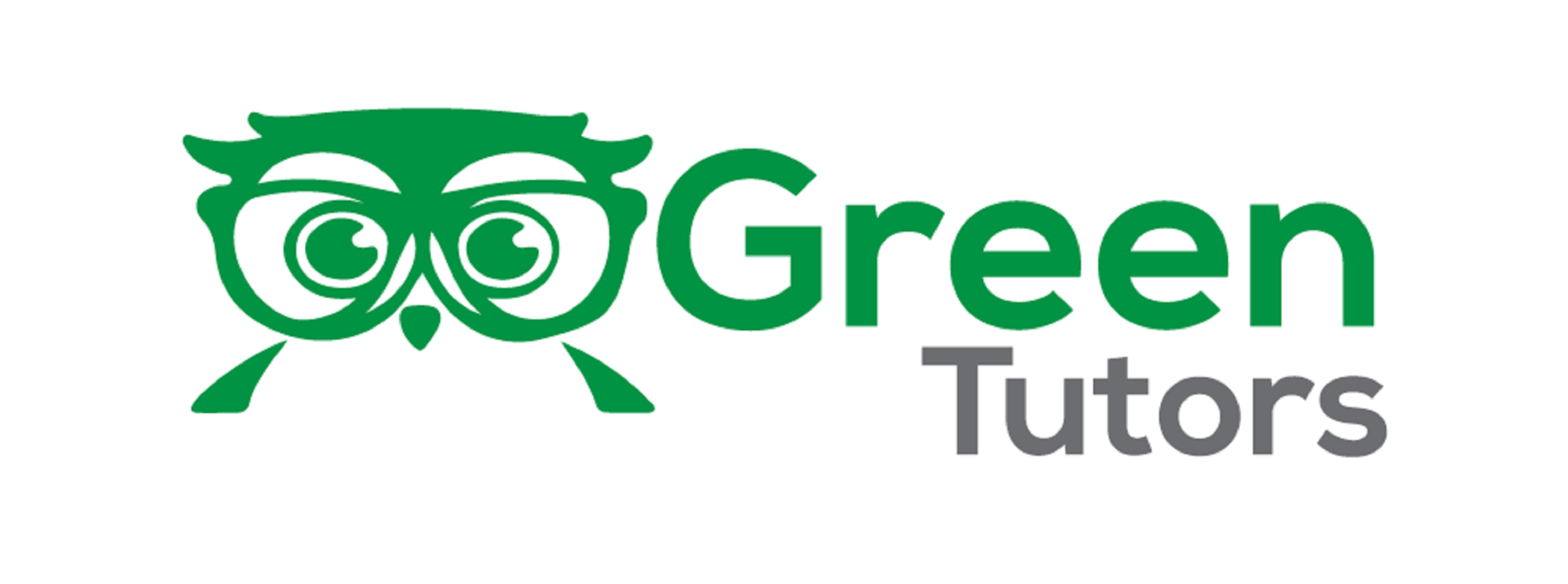
How do you feel about making study notes?
Every school student has notes from their classes, but what those notes look like varies more than the UK Government advice on face masks.
Making study notes
Some students write down every word that the teacher says, in the hope that they’ll make sense of it later.
Others write down a title and then spend the rest of the lesson chewing the pen and staring out of the window.
Some of my teachers used to put study notes up on the board for us to copy down. Cue shouts of, “Miss, what does that say?”
It doesn’t inspire confidence that they actually understand what they’re writing down, or why they need that information.
And often when it comes to revision, the go-to plan is to make a new set of study notes on the entire course. I’ve seen students spend vast amounts of time colouring in headings, creating flowery borders, and choosing the perfect pastel highlighter combinations at this point, rather than spend the time on what’s important.
So it’s fair to say that every student knows that they need notes, but not necessarily how to take and to make notes that will help them.
Active Revision
I am always telling students that they have to use active revision methods for effective learning. But what does that mean?
Active revision is about actually processing the information through your brain in a conscious way so that you are moving more of it from your short-term memory to your long-term memory.
How can you do that?
Before you make your notes, you need to understand what you’re writing about. So I sometimes tell students to look at a video on a topic, or I’ll explain the key points to them, so we can have a discussion on it before they transfer it into a set of notes.
I can then review those notes to make sure they’ve captured all of the key points they’ll need, and explained them correctly. If they’re working alone, they can check the notes against the course specification.
That way, they’ve moved the information into their long-term memory at the same time as they’ve created a set of notes they can use before the exam to review the information and recall anything they might have forgotten in the meantime.
Look after your future-self
Future you will be delighted that you’ve made a great set of notes up-front. As soon as possible after learning a new topic is the best time to create that set of notes, while it is fresh in your mind.
Also, it means that you can create that bank of notes over the entire course, rather than the last-minute cramming period before the exams.
At that point, you’ll be experiencing heightened levels of stress and anxiety, perhaps having trouble sleeping, and feeling the pressure of deadlines. There are also lots of emotions around that time of year as students spend less time in school, and start saying goodbye to their friends. If you can take something out of the mix by getting started early, it’s a great idea to do that! Look after your future self with a little extra work now.
Highlight anything that’s missing
Following these good note-taking and review practices means that you will be able to spot anything that’s missing early on. I encourage students to check their notes against the specification to ensure they’ve covered all of the required content. If you can see that you’ve completed an entire topic but there’s a key element missing, you can reach out for help to fill that gap early on, rather than finding out later. Again, this will reduce the last-minute stress.
You can get some guidance on creating great notes and revision schedules with my free guide by signing up for the newsletter or join my Facebook group.

Recent Comments